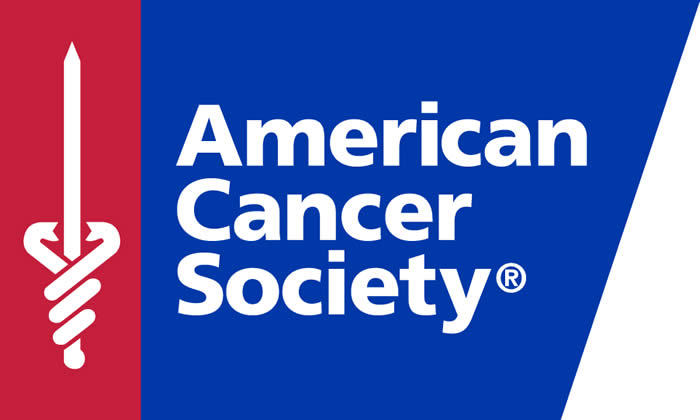Here Come the Dissolvables
Great American Smokeout
No, "The Dissolvables" are not a Saturday morning TV cartoon show - they are the tobacco industry's latest attempt to maintain, and even expand, the number of tobacco users in the U.S., at a time when fewer people are smoking cigarettes.
"Dissolvables," as they have become collectively known, are products made of compressed tobacco and are available in a variety of forms, including sticks, pellets, and strips (think the Listerine breath strip). They dissolve in the user's mouth, delivering nicotine, as well as thousands of other chemicals and substances. Examples of these products are below.
While the concept of dissolvable tobacco is not entirely new - Star Scientific tobacco company first developed dissolvable tobacco pellets a decade ago - they have not been marketed aggressively until recently, when both RJ Reynolds (RJR) and Philip Morris (PM) tobacco companies began producing the sticks, pellets, and strips for test audiences in several states.
Marketing Plans
It is unclear what RJR and PM's marketing plans are for these products. Some tobacco users will likely see them as a way of getting nicotine when they are unable to smoke (on airplanes, in theaters, etc.), and others may see them as a way of weaning themselves off cigarettes entirely. Still others, who don't use spit (or chew) tobacco now, may be influenced to begin tobacco use through the dissolvables, since they will find them reasonably mild and without the need to spit the excess juice, which is swallowed.
Marketing the dissolvables as a means of quitting smoking will, however, be tricky for the tobacco companies, both due to Food and Drug Administration (FDA) restrictions on making unfounded health claims, and because there is no evidence that the dissolvables are useful in helping people to stop smoking. And there are, of course, a variety of FDA-approved medications which have been proven safe and modestly effective in helping smokers stop. Additionally, if smokers are encouraged to use the dissolvables as a "bridge" between opportunities for smoking cigarettes, then some of those smokers are likely to continue smoking, rather than try to quit.
Safety
We don't yet know how safe dissolvables are. Certainly, as with all smokeless tobacco products, they will be less lethal than smoked cigarettes, and smokers should certainly continue to be made aware of that. But we do know that other smokeless tobacco products are associated with increased risk of oral cancers, the potential for increased pancreatic cancer risk, and an increased risk of cardiovascular disease.
Some proponents of smokeless tobacco, including dissolvables, make the argument that smokeless tobacco is as much as 98% less harmful than smoked cigarettes. But these claims may not apply to dissovables. We have learned over many years of studying tobacco use that how tobacco products are used (how often, for how long, how intensively, etc.) is a vital element in determining how tobacco causes its ill effects. These are all unknowns when it comes to dissolvables.
Even if dissolvables prove to be just like other smokeless tobacco products, that "98% less harmful" figure is suspect. No one can claim to know how dissolvables and other forms of smokeless tobacco would be used if very large numbers of smokers began using them, since only about 5% of adults in the U.S. currently use some form of smokeless tobacco.
Nevertheless, there is little doubt that, if all smokers in the U.S. suddenly switched from smoked cigarettes to smokeless tobacco- and stayed switched - we would see far fewer cancers and less heart disease 20 years from now (although we would also see an increased number of oral cancers). But, there is no evidence that smokers in the U.S. are prepared to, or would be able to, switch from cigarettes to spit/chewing tobacco. It would be irresponsible for the public health community to urge them to do so because there is also no evidence that smokers won't just end up using both forms of tobacco, rather than using only smokeless - or better yet, quitting altogether. Of course, smokers should continue to be made aware of the reduced, but by no means empty, threat posed by smokeless tobacco, including the as-yet-untested dissolvable products.
Attractiveness to Youth
There is also legitimate concern about the attractiveness of the new dissolvables to youth. The pellets look very much like products such as tic-tacs, and all the dissolvables can be easily concealed, even used, without others being aware. Especially concerning is their ability to deliver nicotine in a mild way. This could introduce youth to nicotine dependence and subsequent cigarette use, as well as the potential health dangers from the dissolvable products themselves. We need more research to find out if dissolvables could be a "gateway" product for cigarette smoking and the subsequent death and disease that that would cause.
The FDA Will Consider Regulating the Dissolvables
Finally, the FDA, under its new authority to regulate tobacco products, is undertaking a study of dissolvables - looking at their safety profiles, attractiveness to youth, potential for reducing harm, potential for discouraging smokers to quit, potential for encouraging dual use of dissolvables and cigarettes, and so on. They will issue a report in March 2012 and make a ruling soon after regarding the future of the dissolvable market in the U.S. Stay tuned.
Glynn is director of cancer science and trends for the American Cancer Society.
ACS18851

